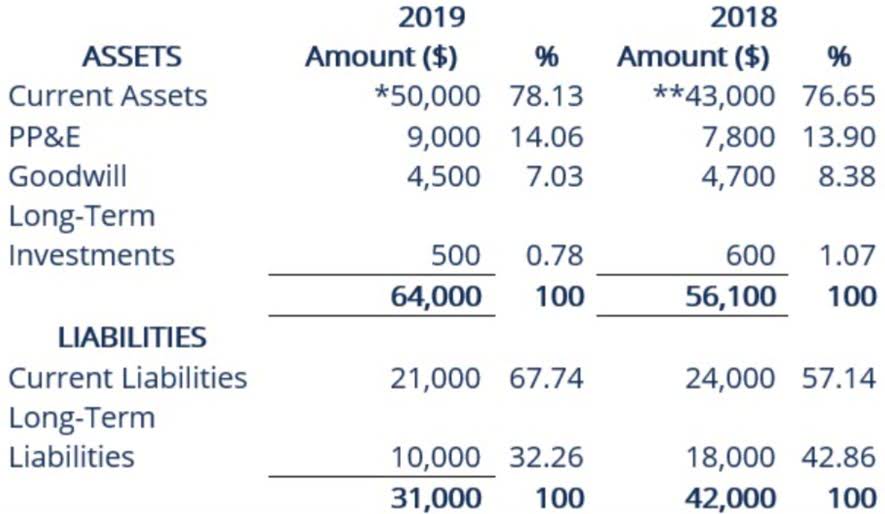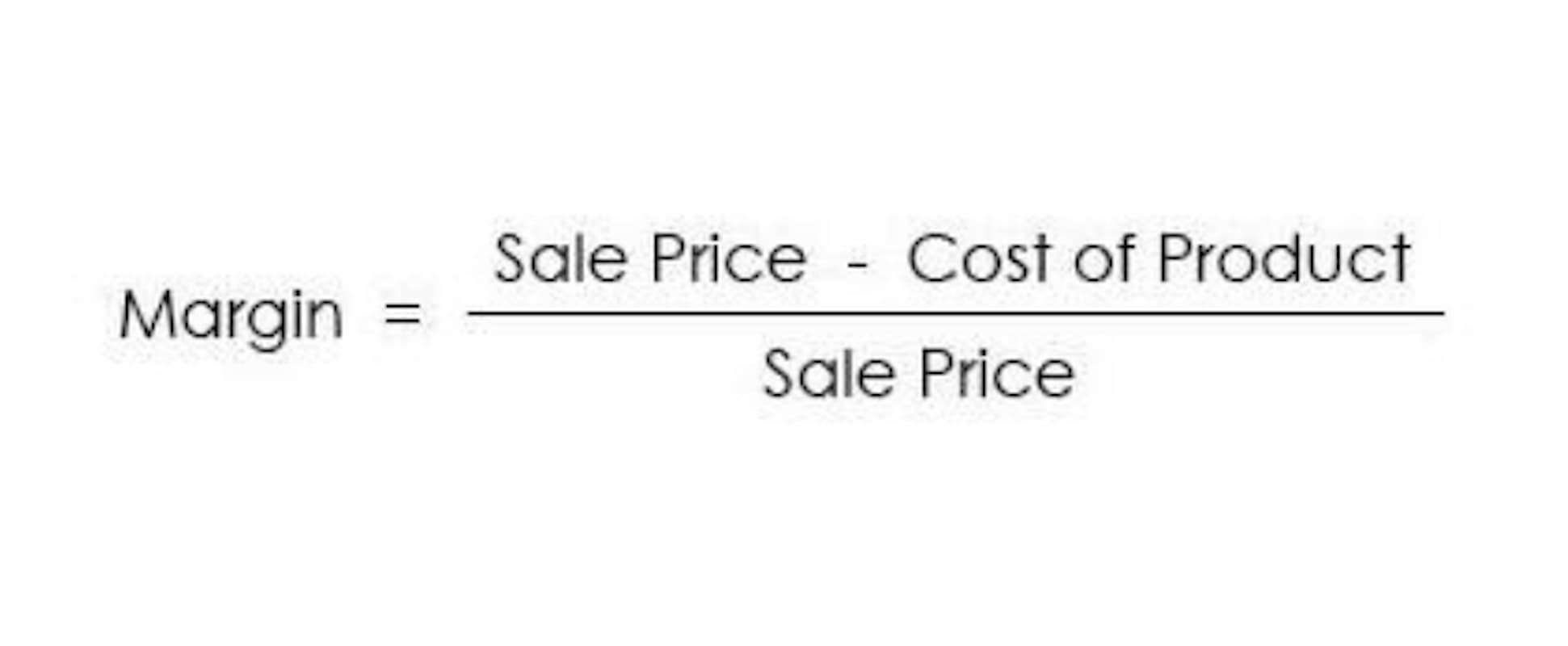
Retained earnings appear on the balance sheet under the shareholders’ equity section. Dividends paid are the cash and stock dividends paid to the stockholders of your company during an accounting period. Where cash dividends are paid out in cash on a per-share basis, stock dividends are dividends given in the form of additional shares as fractions per existing shares.
Why should businesses calculate retained earnings?
- As stated earlier, retained earnings at the beginning of the period are actually the previous year’s retained earnings.
- This reduction happens because dividends are considered a distribution of profits that no longer remain with the company.
- Revenue sits at the top of the income statement and is often referred to as the top-line number when describing a company’s financial performance.
- This figure can enter the red when accumulated net losses and dividends payouts exceed your previous profits.
- Retained earnings are reported under the shareholder equity section of the balance sheet while the statement of retained earnings outlines the changes in RE during the period.
- Meanwhile, net profit represents the money the company gained in the specific reporting period.
Revenue is the money generated by a company during a period but before operating expenses and overhead costs are deducted. In some industries, revenue is called gross sales because the gross figure is calculated before any deductions. In the long run, such initiatives may lead to better returns negative retained earnings meaning for the company shareholders instead of those gained from dividend payouts. Paying off high-interest debt also may be preferred by both management and shareholders, instead of dividend payments. Learn how to find and calculate retained earnings using a company’s financial statements.
- For an example, let’s look at a hypothetical hair product company that makes $15 million in sales revenue.
- Accounting terms can cause considerable confusion, and knowing the difference when keeping track of your finances is crucial for accuracy and financial literacy.
- Revenue and retained earnings are crucial for evaluating a company’s financial health.
- Retained earnings result from accumulated profits and the given reporting year.
- However, after the stock dividend, the market value per share reduces to $18.18 ($2Million/110,000).
Retained Earnings Formula and Calculation
Then, calculate your income along with your loss while ensuring accuracy; double-check your figures. The retained earnings reflects the current period’s losses, and if those are greater than the retained earnings beginning balance, the number will be negative. Also, a significant distribution of dividends may exceed the retained earnings number, leading to a negative figure.
How to calculate the effect of a stock dividend on retained earnings
In the world of finance, understanding Retained Earnings is crucial for investors and business owners alike. This financial term holds the key to a company’s financial health and growth prospects. In this article, we’ll delve into the fundamentals of Retained Earnings, explaining what it is, how to calculate it, and why it matters. Retained earnings are affected by an increase or decrease in the net income and amount of dividends paid to the stockholders.

Part 2: Your Current Nest Egg

When a company consistently experiences net losses, those losses deplete its retained earnings. Prolonged periods of declining sales, increased expenses, or unsuccessful business ventures can lead to negative retained earnings. Generally speaking, a company with a negative retained earnings balance would signal weakness because it indicates that the company has experienced losses in one or more previous years. However, it is more difficult to interpret a company with high retained earnings.

Shareholders can use retained earnings to calculate share value
- The main difference between retained earnings and profits is that retained earnings subtract dividend payments from a company’s profit, whereas profits do not.
- Also, this outflow of cash would lead to a reduction in the retained earnings of the company as dividends are paid out of retained earnings.
- Distribution of dividends to shareholders can be in the form of cash or stock.
- We may earn a commission when you click on a link or make a purchase through the links on our site.
- On the other hand, it could be indicative of a company that should consider paying more dividends to its shareholders.
On one hand, high retained earnings could indicate financial strength since it demonstrates a track record of profitability in previous years. On the other hand, it could be indicative of a company that should consider paying more dividends to its shareholders. This, of course, depends on whether the company has been pursuing profitable growth opportunities. The retained earnings are calculated by adding net income to (or subtracting net losses from) the previous term’s retained earnings and then subtracting any net dividend(s) paid to the shareholders. Retained earnings refer to the historical profits earned by a company, minus any dividends it paid in the past. To get a better understanding of what retained earnings can tell you, the following options broadly cover all possible uses that a company can make of its surplus money.

Are Retained Earnings Listed on the Income Statement?
In that case, they’ll look at your stockholders’ equity in order to measure your company’s worth. Usually, this is calculated using data taken from multiple periods and involves dividing the earnings per share (EPS) by the retained earnings per share. Some companies may spend this money on paying off loans, similarly reducing their interest expenses. Cyclical companies may choose to hold on to cash rather than use it for dividend issuance or expansion as they may need it during economic downturns. The par value of a stock is the minimum value of each share as determined by the company at issuance. If a share is issued with a par value of $1 but sells for $30, the additional paid-in capital for that share is $29.
Negative Retained Earnings: Definition, Impacts, and Effects
The odds that a start-up will prove to be the next Google or Meta are much lower than the odds that it may be a mediocre performer at best and a complete bust at worst. Investing in early-stage companies may be suitable for investors with a high tolerance for risk, but stay away if you are a very conservative investor. Negative earnings or losses can be caused by temporary (short- or medium-term) factors or permanent (long-term) difficulties.
